#variations
Text

walk slow and low on the tightrope
(Bonus Blood Version of the original)
(Available as a print here)
#my art#variations#coyote#liminal spaces#liminal vibes#canine#spooky art#art based on lyrics#lp lyrics#lyri draws
7K notes
·
View notes
Text

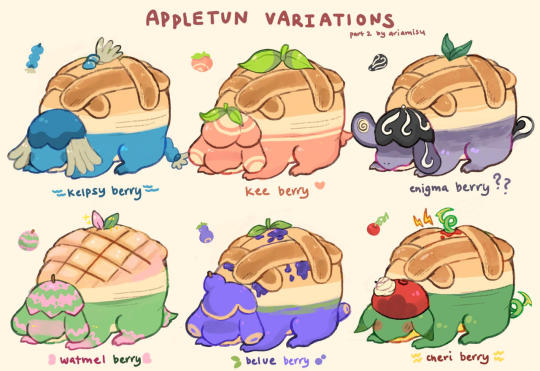
appletun berry variations!
3K notes
·
View notes
Text
GOOD FOR HEALTH
by TERU

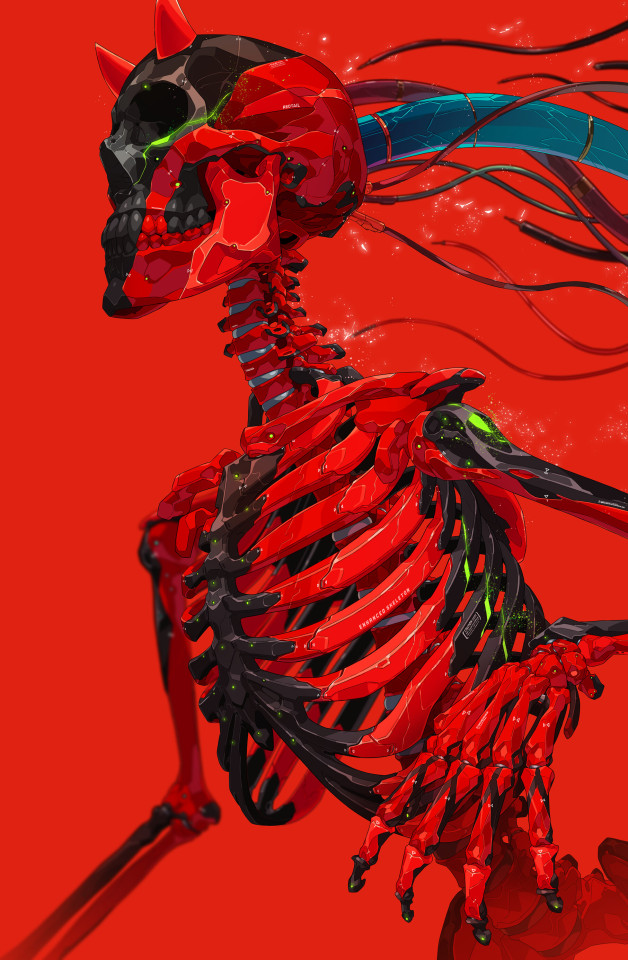
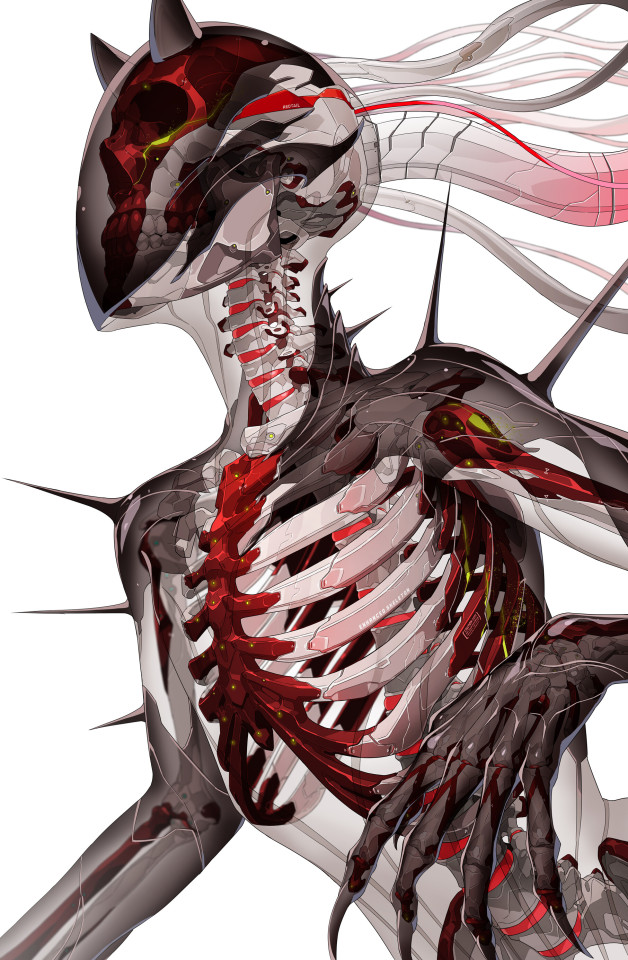

#tentacles#fhtagn#teru#sci fi#concept art#chara design#skeleton#cyberpunk#akira#terminator#alien#tokusatsu#exhibition#good for health#creature#monster#horror#variations#fhtagnnn
651 notes
·
View notes
Text

Variations, Luigi Critone, catalogue disponible sur entre-image.com
108 notes
·
View notes
Text
I've now reached the last of the main list of Cinderella stories from Cinderella Tales Around the World. The book is nowhere near over, though: after this it goes into the various "subtypes" of Cinderella, such as Donkeyskin.
The last few "official" Cinderella stories in this book are from Mexico and Chile. I was disappointed not to see more South American versions, and particularly that there were none from Brazil for @ariel-seagull-wings. But the Donkeyskin tales later in the book do include a Brazilian version, which I look forward to sharing!
Meanwhile...
*As in the versions from the Philippines, the heroine is named Maria in all three of these Latin American tales.
*The Mexican version is called Maria Cenzia, or "Cinder-Mary." The title character is a homeless orphan who lives in an ash-hole belonging to a household of black Moorish witches. They eventually discover her, take her in as a servant, and send her to the river with a black sheepskin, ordering her to wash it until it's white. But a lady appears and magically does the task for her, then gives her a magic wand to grant her wishes and puts a shining star on her forehead. When the jealous daughter of one of the witches sees this, she takes a black sheepskin to the river too, but the lady puts an ugly growth on her forehead instead of a star. Maria later uses her magic wand to give herself finery to wear to church and to give herself wings to fly home before the witches can catch her. She loses a shoe, of course, which leads to her marriage to the prince. But then the witches turn her into a dove with a magic pin. Yet one day, her father-in-law the king finds her and takes out the pin, breaking the spell, and when all is revealed, the witches are burned at the stake.
*The two Chilean versions, Maria the Cinder-Maiden and Maria the Ash-Girl, are nearly identical to each other and very similar to Maria Cenzia too. Maria persuades her father to marry a seemingly-kind widow with a daughter of her own, but is abused afterwards. She has a pet cow, which the stepmother spitefully has killed, but inside its body Maria finds a magic wand. She then has to wash the cow's organs in a stream, but they fall in and are swept away. An old woman comes along and offers to get them for her, and in return Maria cleans her house and cooks supper for her; for this, the old woman gives Maria a shining star on her forehead. The next day the envious stepsister has her own pet cow killed, takes the organs to the stream, and loses them on purpose, but she shows the old woman no kindness, and so she receives a turkey wattle on her forehead instead of a star. Some time later, there's a ball at the royal palace. Maria uses her wand to give herself finery and a coach, and of course she loses a shoe, and the prince uses it to search for her. The stepsister binds her own foot with tight bandages to make the slipper fit, but either a dog or a parrot alerts the prince, and Maria is found.
*It's interesting that the motif of the heroine receiving a shining mark on her forehead (a star, a moon, or a jewel) is found in Cinderella tales from both Latin America and Iran, yet rarely seen elsewhere. My guess is that the motif originated in the Middle East, was brought to Spain by the Arabs, and then traveled from Spain to Latin America.
*This is probably as good a time as any to discuss another recurring theme I've noticed. While around the world it varies whether the heroine's abusers are punished, forgiven, or neither, it seems that when they are punished, the worst punishment usually falls on the (step)sister(s), not the (step)mother. Just look at the Grimms' version: the stepmother is Aschenputtel's main antagonist, and she abuses her own daughters too by forcing them to cut off parts of their feet, yet in the end she goes unpunished, while her daughters' eyes are pecked out by birds. Yet even in versions where the (step)mother does get a punishment, the more brutal killing, maiming, or permanent disfigurement tends to be reserved for her daughter(s). Some versions try to justify it by portraying the sisters as abusing Cinderella more than their mother does, but most don't bother. In many versions, the simple "crime" of being Cinderella's rival is treated as if it were worse than being her chief abuser.
@ariel-seagull-wings, @adarkrainbow, @themousefromfantasyland
#cinderella#fairy tale#variations#cinderella tales from around the world#heidi ann heiner#mexico#chile#tw: violence#tw: racism
56 notes
·
View notes
Text
All Abes outfit variations during s1
Suits






Pijama and Pijama look alike


Costumes



P.E Outfit variations



Memories with Gandhi




Under Raisins






Xtreme Blue




Extras


#clone high#clone high abe#variations#some are small but i love her#she has many#clone high abraham lincoln#abe lincoln#2000s#clone high season 1
67 notes
·
View notes
Note
We know what a fire opal vulpix looks like, but what about a fire opal ninetales?
// OUGH

// referenced post
125 notes
·
View notes
Text
Guinea Pig breeds
Note: I am a guinea pig owner, but the photos and majority of info were still found online and researched, as i myself don't have experience with all the guinea pigs talked about. If i get anything wrong, please tell me and i will correct or remove it :)

AMERICAN GUINEA PIG BREED

WHITE CRESTED/ AMERICAN CRESTED GUINEA PIG BREED

ENGLISH CRESTED GUINEA PIG BREED

CUY GUINEA PIG/ GIANT GUINEA PIG

HIMALAYAN GUINEA PIG BREED
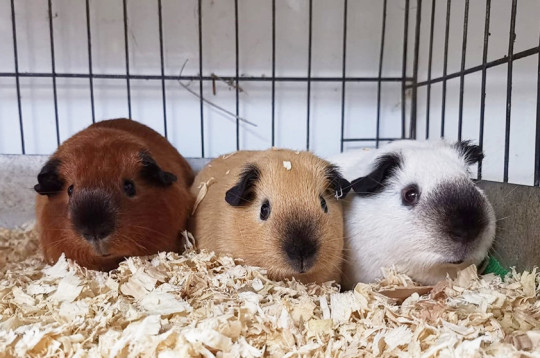
CALIFORNIAN GUINEA PIG BREED

RIDGEBACK GUINEA PIG BREED

REX GUINEA PIG BREED

TEDDY GUINEA PIG BREED
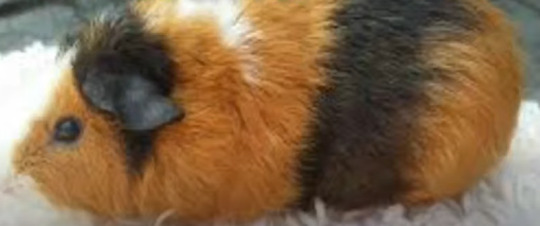
LAKELAND/ WIRE HAIRED GUINEA PIG BREED

SHORT HAIR PERUVIAN GUINEA PIG BREED

IRISH CRESTED GUINEA PIG BREED

SOMALI GUINEA PIG BREED
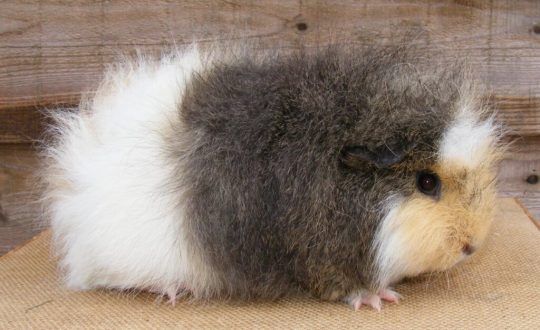
SWISS TEDDY GUINEA PIG BREED

MOHAIR GUINEA PIG BREED

TEXEL GUINEA PIG BREED

MERINO GUINEA PIG BREED

ALPACA GUINEA PIG BREED

SHEBA MINI YAK GUINEA PIG BREED

ANGORA GUINEA PIG BREED

LUNKARYA GUINEA PIG BREED

PERUVIAN GUINEA PIG BREED

MINIPLI GUINEA PIG BREED

SHELTIE/ SILKIE GUINEA PIG BREED

CORONET GUINEA PIG BREED
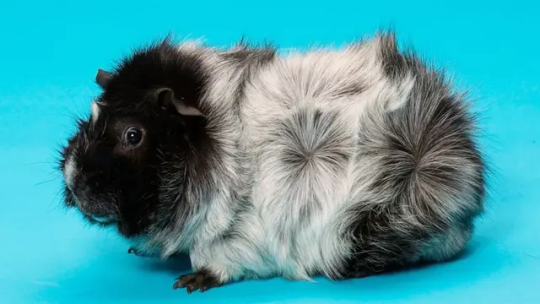
ABYSSINIAN GUINEA PIG BREED
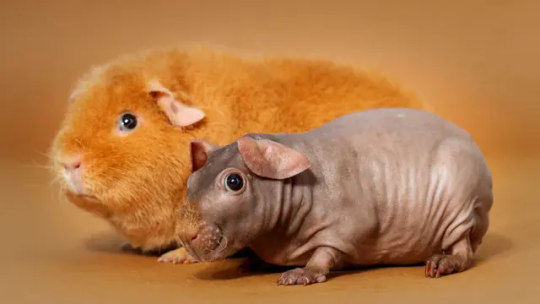
BALDWIN GUINEA PIG BREED

SKINNY PIG BREED

WEREWOLF SKINNY PIG BREED
#animals#exotic animals#mutations#variations#mammal#mammals#rodent#rodents#rodentblr#cavy#cavyblr#guinea pig#guinea pigs#cavies
71 notes
·
View notes
Text

Have some Yoshi variants where they come in different reptile flavors! 🦎
#yoshi#super mario#doweesig art#super mario world#nintendo#variations#reptiles#animals#chameleon#alligator#crocodile#turtle#tortoise#snake#python#my art#character design
243 notes
·
View notes
Text



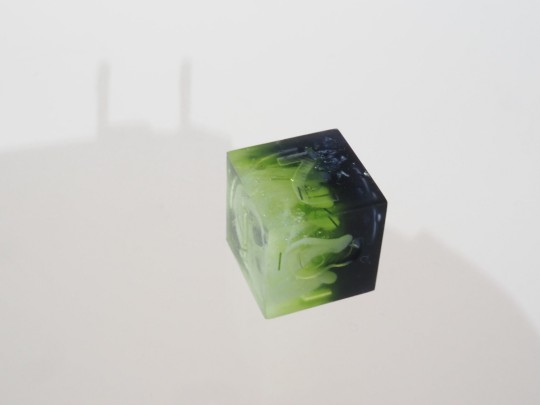
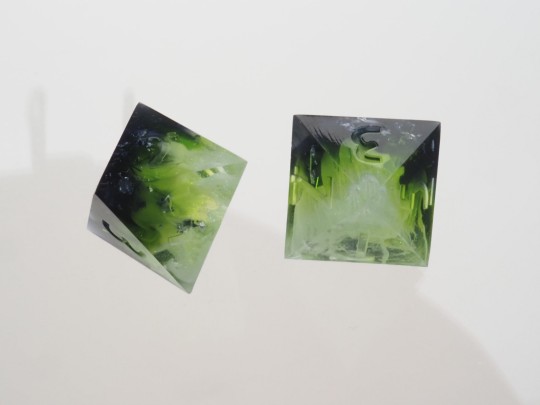
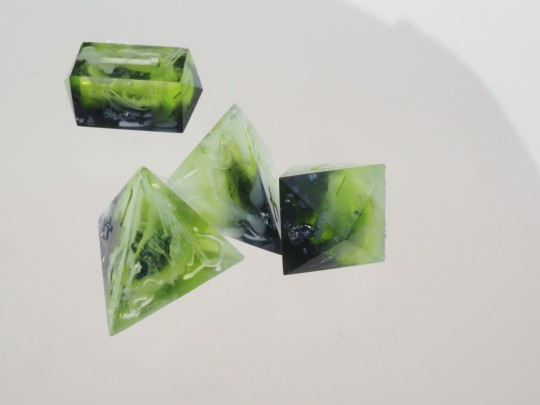
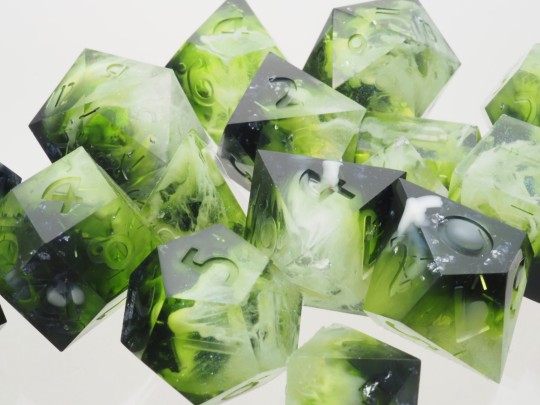
Here is a green colored adaption of the glacier dice I made recently. What do you think about this green variation? Do you have a name proposal for these dice?
These are still raw and need some sanding and inking.
(Advertisement)
#glacier#variations#dice#dnd#dnd5e#epoxy#handmade#resin#rpg#ttrpg#catinthedicebag#würfel#diceset#dungeonsanddragons#polyhedraldice
202 notes
·
View notes
Note
Hey, I have only read the two published Soul Stone War books so far, so I know nothing about the third one, but I see people sending asks about separate routes which seem to be pretty lengthy. If you don't mind, I would love to know if that means book 3 splits depending on whose route we're on, or is it something different.
And while I'm at it, would you advise me to play book 3's WIP now, or should I wait a bit more? (my main playthrough is Manerkol)
Thank you!
In book 1, when you meet the bounty hunters at the very beginning of the book, it matters if you learn about Dorlas hunting you before you move on.
There are two different paths depending on whether you know or not.
Then, in book 2, there are two different beginnings depending on whether you got a party member injured at the end of book 1.
Note that a Manerkol, Eledwen, or Daelynn and Eledwen romance does not have an injured teammate variant.
Cheers!
36 notes
·
View notes
Text

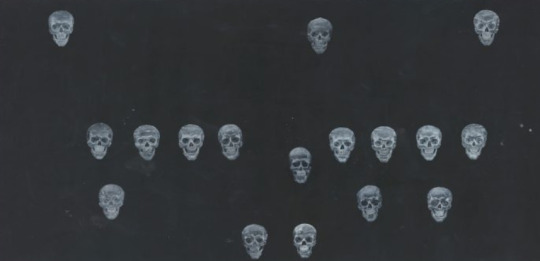

Variations on the Human Skull, Peter Dreher, 2005
21 notes
·
View notes
Photo
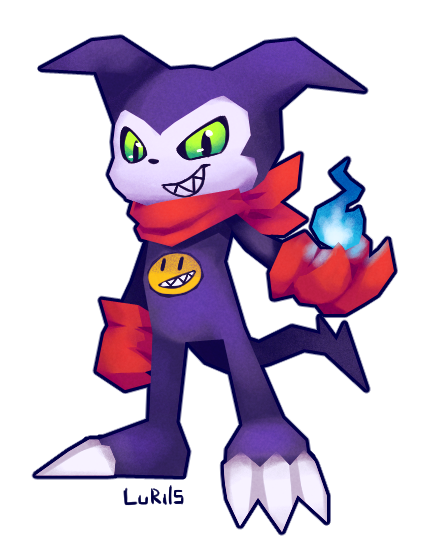


Impmon Variations [1/4]
Starting a little project to draw Impmon variations for each digimon "field"
since the original is already a "Nightmare Soldier" there is a total of 8 other fields they could be part of making it 4 pairs!
The first pair I did is Dragon's Roar and Nature Spirit Impons!
I will try to find the motivation to finish the other six -w-;;;
I have the next two sketched already at least hmmm
#digimon#impmon#fanart#imp#variations#nightmare soldiers#nature spirits#dragon's roar#digimon variants
85 notes
·
View notes
Photo
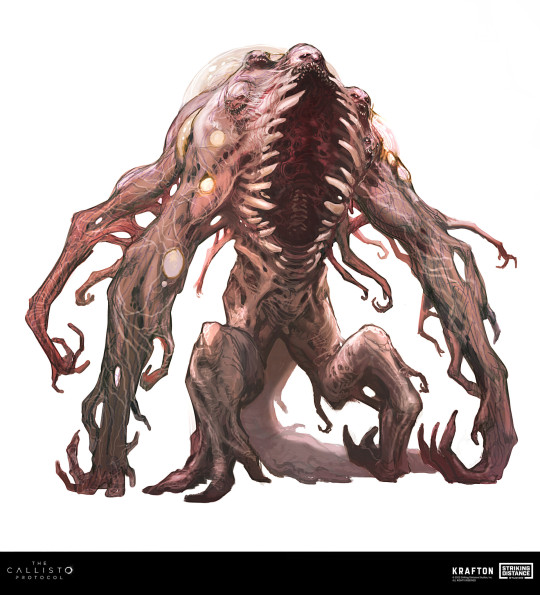
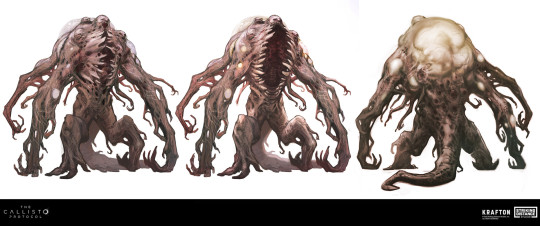

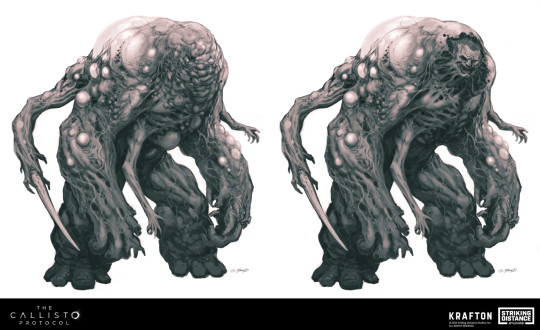
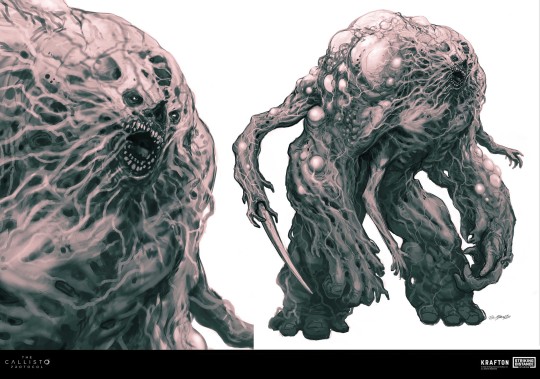
LEON BOSS SKETCHES
by Jerad Marantz
#tentacles#fhtagn#jerad marantz#the callisto protocol#concept art#chara design#monster#horror#sketches#roughes#necromorph#mutation#variations#fhtagnnn
341 notes
·
View notes
Text

Variations, Luigi Critone, disponible sur entre-image.com
88 notes
·
View notes
Text
In Heidi Ann Heiner's Cinderella Tales From Around The World, I've now read the variants from Germany, Belgium, and France.
*Of course the most famous German Cinderella story is Aschenputtel by the Brothers Grimm. If you don't know it from reading it, you probably know it from Into the Woods, and if you don't know it from there, you've probably heard of it in pop culture. Too many people mistakenly think it's the "original" version of Cinderella. But there are other German Cinderella stories too – all similar to the Grimms' version, but with differences here and there.
*In nearly every German version, and in both of the two Belgian versions the book features, the heroine gets her elegant gowns and shoes from a tree. It throws them down to her, or opens up to reveal them, after she either recites a rhyme underneath it or knocks on it.
**Some variants, like the Grimms', have the archetypal "father goes on a journey and asks for gift requests" plot line, and the heroine gets a hazel twig, which she plants on her mother's grave and which grows into a tree. But in other versions, the tree is seemingly a random one, which either a dove, a dwarf, or a mysterious old man or woman advises her to ask for finery.
**That said, there's one exception: a German version called Aschengrittel, where the heroine meets a dwarf who, like the fairies in some Italian versions, gives her a magic wand to grant her wishes.
*As in the Egyptian, Greek, and Italian versions, it varies whether the German versions have the heroine abused by a stepmother and stepsister(s) or by her own mother and sister(s), whether her father is alive or not, and whether the special event she attends is a royal ball/festival or a church service. In both of the two Belgian versions, the heroine's abusers are her own mother and sister(s).
*While in the Mediterranean versions, the heroine's future husband is always either a prince or (more rarely) a king, in the German versions he's occasionally a knight or a rich merchant instead.
*Other typical German and Belgian details are (a) the (step)mother forcing the heroine to sort lentils, seeds, or grain, usually by picking them out of the ashes, which is usually resolved by birds doing the job for her, (b) the prince (or king, or merchant) having the palace or church steps smeared with pitch so that the heroine loses her shoe, and (c) the notorious detail of the (step)sisters cutting off parts of their feet to make the shoe fit, which is revealed when either birds or a dog call out that there's blood in the shoe.
**One Greek version has the prince catch the heroine's shoe by having the church steps smeared with honey, but the Mediterranean Cinderellas usually lose their shoes either by accident or by choice, while in Germany and Belgium it's usually the prince's doing.
**The foot-cutting episode is clearly typical of German and Belgian versions, but the Grimms' other notorious detail, where the stepsisters' eyes are pecked out by doves at the end, isn't typical. The Grimms themselves added that grisly detail to give the story a more "moral" ending with the stepsisters appropriately punished.
*The Grimms' footnotes for their version are included in this book. They mention several other German variants, including two that continue after the heroine's marriage and have the stepmother and stepsister try to murder her, and one where the stepmother starts out as the heroine's childhood nurse and murders the girl's mother by pushing her out a window, then claims she committed suicide.
*The German, Belgian, and French Cinderellas aren't quite so cunning and unfazed as the Greek and Italian Cinderellas. Now we see more heroines who cry over their hardships, and/or who beg to be allowed to go to the ball/festival or church, and whose magical help is more given to them and less in their own control. One notable French exception to this pattern, though, is Madame d'Aulnoy's cunning and self-reliant Finette Cendron.
*France doesn't seem to have the same pattern of culturally-distinct oral versions of this tale that other countries do. Instead, the French examples in this book are nearly all literary versions, and each one is almost completely different from the others.
**Of course the most wildly famous and important French Cinderella is Charles Perrault's Cendrillon. This is the Cinderella we all know best, with the fairy godmother, the pumpkin coach, the magic only lasting until midnight, and the glass slipper.
**Published in the same year as Perrault's version was Madame d'Aulnoy's Finette Cendron. This is an interesting, much longer variation that starts out as a Hop o'My Thumb/Hansel and Gretel story, where three sisters are abandoned in the woods and nearly eaten by an ogre, only for the clever youngest, Finette, to outwit him, but then turns into a Cinderella story when the older sisters abuse Finette after they make the dead ogre's castle their home, but Finette follows them to a ball in finery she finds in a chest.
**Another French literary variant is The Black Cat, which starts out as a Cinderella tale, but then has the heroine be stranded on an island and give birth to a black cat son (long story), then turns into a Puss in Boots tale as the cat helps his mother. Yet another is The Blue Bull, where the heroine runs away from her stepmother with her only friend, a magical bull, only for the bull to be killed protecting her from lions, and which then becomes a Donkeyskin/All Kinds of Fur-type of story, where she becomes a servant at the prince's palace and gets her ballroom finery from the bull's grave.
*Perrault and d'Aulnoy's versions are the only two Cinderellas so far where the heroine has a fairy godmother. Yes, in some others there are fairies or mysterious old women who help her, but the concept of a fairy godmother seems to have French literary origins.
*These same two versions, Perrault's and d'Aulnoys are also where we first see strong emphasis on the heroine's virtue and kindness, even to her cruel (step)family. While some oral versions do have her forgive them in the end, these literary versions not only have her do that, but have her constantly be gracious and kind to them (Perrault) or save their lives even at great personal sacrifice (d'Aulnoy).
*Now that I've read Finette Cendron, I can see its slight influence on Massanet's opera Cendrillon. In Finette Cendron, instead of Perrault's choice to have the slipper taken from house to house, all the ladies are invited to the palace to try it on, and Finette's fairy godmother sends her a horse to ride there – just like Cinderella's fairy godmother transports her to the slipper-fitting at the palace in the opera. Finette Cendron's Prince Cherí also falls deathly ill with love for the mystery girl, but is cured when he finds her. (A recurring theme in many different variants, which I forgot to mention when I covered the Mediterranean versions.) In the opera, this has its parallel when Prince Charming faints in despair over the seeming failure of the slipper-fitting, and before that when Cinderella herself becomes gravely ill because she thinks she'll never see her prince again.
@adarkrainbow, @ariel-seagull-wings, @themousefromfantasyland
#cinderella#fairy tale#variations#germany#belgium#france#the brothers grimm#charles perrault#madame d'aulnoy#cinderella tales from around the world#heidi ann heiner#tw: violence#tw: murder#tw: suicide mention
60 notes
·
View notes